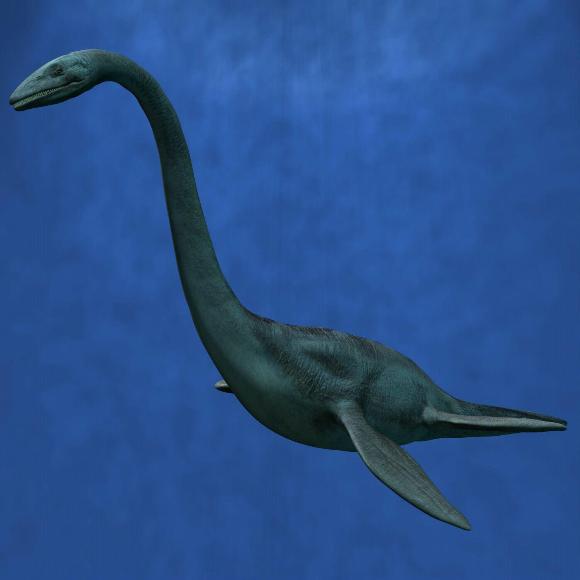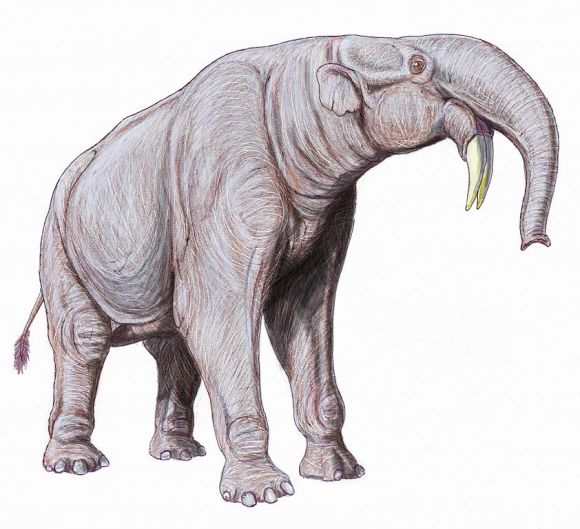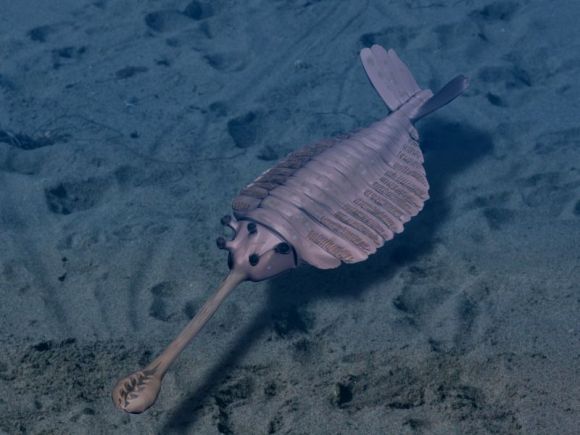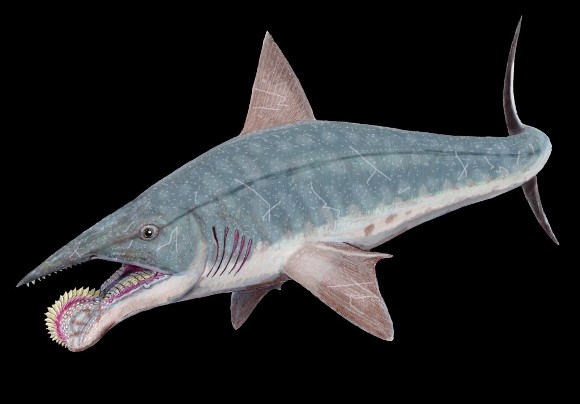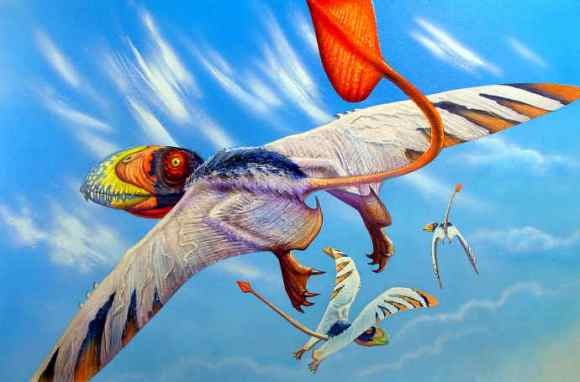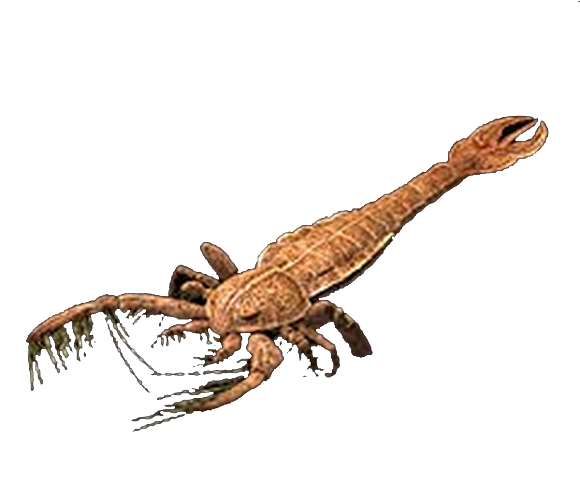The first animal that we think about when talking about prehistoric animals may very well be a Tyrannosaurs Rex. But frankly speaking, there are many more animals that can be talked about when we are talking about animals belonging to prehistoric times. In most of the cases, we might just not at all be aware that this kind of an animal even existed on this very earth. Here is a list of the top 10 most bizarre prehistoric animals. Just do not be scared or dumbstruck as these animals really existed may very well be on the land that you are living in right now!
1. Dunkleosteus
This was a fish that existed last in the late Devonian period where it was one of the largest predators of the aquatic world. The fish weighed around 4 tons with a length over 33 feet. The fish fed itself only on meat from different other aquatic animals and that too without having teeth. The fish had a beak like structure very much like the crocodile and could pack a bite with a pressure of around 8000 pounds per sq inch. There is literally no relation between the present day fishes and this predator but many people consider that the modern day sharks have the Dunkleosteus as their ancestors.
2. Archaeopteryx
According to most of the scientists, the Archaeopteryx is the first actual bird but the animal has its own links with the family of Dinosaurs. The dangerous set of teeth could actually tear apart anything. To add to this, the bird has a pair of claws that could actually be called a dagger fixed at its legs. But the most interesting part of the things is that the bird was just 1.6 inches long and that too lived around the isles of Europe only. The bird existed till the late Jurassic period.
3. Elasmosaur
The Elasmosaur is one of those interesting aquatic animals of the prehistoric period that actually does not have any links with the present day animals. The Elasmosaur had a huge body and that too was mostly stagnant under water. The animal had a very long neck that was about 46 feet long and was the only part that the animal pushed out of the water. The animal was gifted with an extremely small head but disastrously sharp teeth. The Elasmosaur lived during what we term as the late Cretaceous period.
4. Deinotherium
Probably most of the people will consider this animal to be the ancestors of the modern day elephants but the Deinotherium and the present day elephants that we see had many things that were different. The creature was approximately 15 feet when standing erect and weighed approximately over 15 tons. They had their tusks attached to the lower jaw unlike the lower jaw tusks that the modern day elephants have. The Deinotherium is believed to have existed till the early Pleistocene period.
5. Opabinia
Although this is one of the rarest specimens of prehistoric animals, but the meagre display of one specimen will confirm that it is one of the weirdest looking animals of that time. The animal is just about the length of 6 – 7 cm and has 5 eyes on its head. This is not it, the animal has a mouth that is backwards and at the end of its body. The animal lived along the sea floor and literally stayed there till the completion of its lifetime.
6. Helicoprion
Most of you must have seen a spiral saw and that is what the mouth of a Herlicoprion looked like. The animal was one of the predators of the aquatic world of that time. The interesting thing about the animal is that it did not shed its old teeth. The older ones grew stronger with time and were pushed backwards which created the spiral shape. There is no complete specimen of the animal, but with some reconstruction, the animal is expected to be around 12 – 15 feet in length. The last Helicoprion existed during the Triassic period.
7. Quetzalcoatlus
Many people argue that this was actually the largest animal to have lived on this very earth but keeping all the debates aside, there is no doubt of the fact that the Quetzalcoatlus was the largest animal to rule the skies. The animal came from the line of Pterodactyls and spanned over 32 feet when standing and a wing span of around 36 feet. The animal never really had any teeth but the beak that it had was enough to tear apart everything. The animal had four feet and wings as well. The first fossil collected of the animal was in the year 1971.
8. Dimorphodon
This is one of the rarest reptiles that you might just have read about. The reptile had around a wingspan of 4.6 feet and walked on four legs. The animal had a small body accompanied with a huge head. The reptile actually had two different sets of teeth that is not found in any of the present day reptiles. Many present day scientists are confused about the fact that whether Dimorphodon used all its four legs while walking or just the two of them and used the rest for maintaining flight balance.
9. Jaekelopterus
The animal is one of the many and arguably the largest arthropods to have been fossilized in the past. The animal was about 8.2 feet tall and lived in the fresh water lakes in the surrounding areas. Not a lot is known about the period of existence and occurrence of the animal but many scientists consider that the animal is one of the closest ancestors of the modern day crabs and scorpions. The first fossil was found in the ice sheets around the mountains in Germany.
10. Hallucigenia
The first fossils of the small animal Hallucigenia were found in the region of British Columbia in Canada. The animal was one of the smallest creatures to have existed during the periods. The body of the animals was covered with small tentacles and some of the tentacles even had spines to protect it from other predators. The general size the animal was about 0.5 cm to approximately about 3 cm. The animal is considered by the main ancestor of the arthropods of the modern times. They are also called the ‘velvet worms of the sea’.


